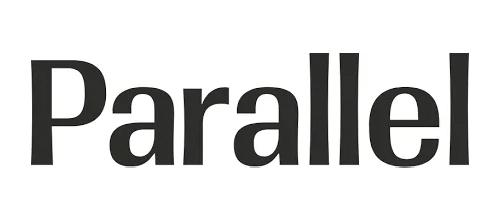
Expectations of how simple and easy-to-use enterprise software should be are rapidly changing.
iPhone and Android devices are so easy-to-use and common that they are raising the bar on how easy-to-use enterprise software applications need to be. And this in my opinion is a good thing.
It’s high time for enterprise software vendors to simplify their applications in the same way that the iPhone and Android have been simplified for consumer use. A mad rush to one-up the competition and add features or functionality has left us with bloated corporate applications.
ERP, HR, training, CRM, and payroll applications seem to be more of a patchwork of screens and reports than a flowing portal to corporate information. Software vendors who wish to thrive in the future should take note and make some major investments in changing their software and their thinking in the following areas.
Simplified user experience
Most corporate end users have been exposed to well-designed consumer software. Is it too much to expect corporate applications to have self-evident user interfaces that are fast, convenient, and functional? Or applications that are built for lay people and not only techies?
Kludgy interfaces need to give way to intuitive and easier-to-use ones where information flows from a single point of data entry to secure storage and then to all places that are authorized to consume the information.
In other words, I should enter a person, place, or quantity in one and only one place, and the software should handle the complexity of storage and access behind the scenes.
Data flow and real-time access
Offline and batch integrations just won’t cut it anymore. Onboarding an employee in payroll shouldn’t require a batch to run for the employee to be hired in benefits or time and attendance. Instantaneous access to real time information is the only acceptable norm for enterprise systems.
Web services have existed for many years to provide for secure information exchanges so there’s just no excuse for offline batch information transfers. Corporate data flow from the information owner to the information consumer can happen immediately. Anything less is just not hip enough to be considered current.
Mobile first-strategy

Data access should be 24/7 and from any type of device with a minimum of hassles. Often the most convenient option for a user is access via mobile devices. Application users may opt to use the full-site option where mobile functionality doesn’t exist or if it is more convenient to use the full site.
To satisfy users’ expectations, enterprise software vendors need adopt a mobile-first strategy and accommodate the convenience of mobile access by careful planning and skilled development of their applications to leverage the strengths of mobile devices.
Leading vendors will focus efforts toward mobile use wherever it is practical and will provide full-site options for functionality that doesn’t lend itself to smaller screen formats.
Unfortunately for enterprise software vendors, much work has to be done. It’s just not a matter of cut-and-paste or an application of “lipstick on a pig” to make my suggestions a reality. This effort will require much user interface rework and tradeoffs will have to be made between features and simplicity.
In the end, vendors that make these investments will be rewarded with less demand for support and, even more importantly, happier end users.
So, enterprise software vendors: get onboard with simplified software, real time access, and a mobile-first strategy or become obsolete because soon your customers will expect nothing less from you.
Eliminate manual work and make
HR easier
Get this free eBook to learn how you can modernize your HR
like a Fortune 500 company, without spending a fortune.

Psst: Our newsletters are basically
HR cheat sheets, delivered to
your inbox
Watch demos, learn features and much more
Subscribe to our channel
Find inspiration, human resources tips, and ideas
Network with us on LinkedIn
Love tips and the occasional freebie?
Like us on Facebook
On the count of 3,
get ready to
say cheese!
We’re on Instagram
The best 280 characters you’ll ever read
Follow us on Twitter









